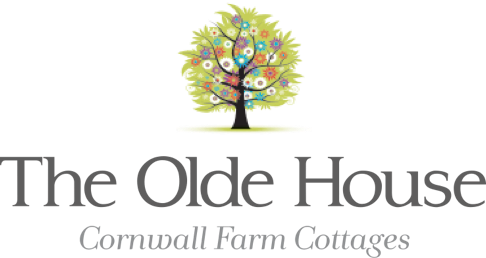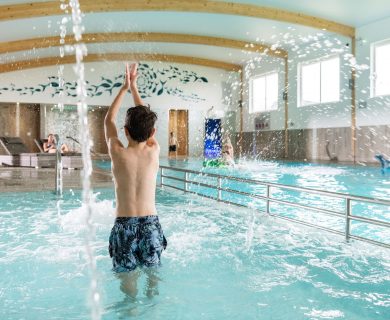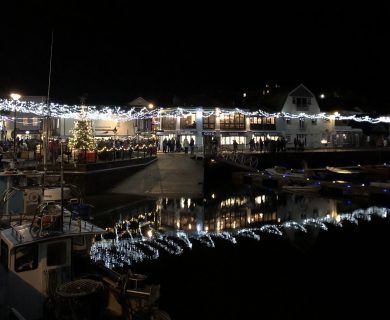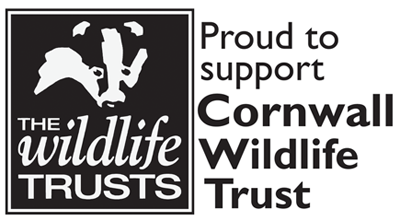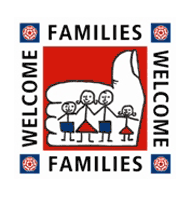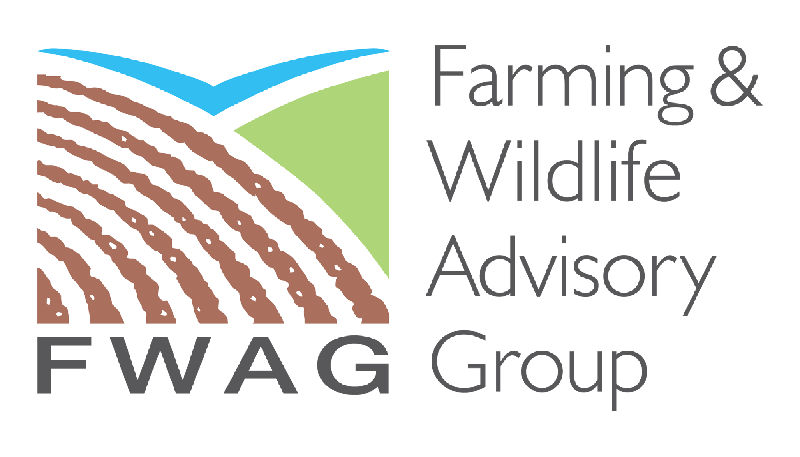Penpont Farm in Chapel Amble, North Cornwall has been in the Hawkey family for four generations.
The farm has seen many changes since the family first arrived in 1915, including a sizeable holiday cottage complex. Today Andrew, Janice and their two eldest sons, Shaun and Oliver, run the business which has diversified into holiday accommodation in the 1980s, and again recently in the renewable energy age.
This is Andrew’s story:
1915-1939: Life before technology.
My grandfather, Edgar Theophilus Hawkey Senior, was the youngest son on the family farm in St Wenn. With little work available, he had to look elsewhere for a job, so in 1915 he set off to Penpont Farm in Chaple Amble to work as a farm hand. Shortly after his arrival, the owner left the farm to join the Army, and never returned from WWI. Granfer was given the opportunity to buy the 350 acre Penpont Farm, which at the time was a massive undertaking; farming in the 1920s was a very different job compared to today. It involved many farm hands and lots of heavy horses and very hard work.
Granfer married Bessie, from St Wenn, in 1922 and they lived here in the farm house. Audrey and then Edgar Junior were born soon after.

It was a mixed farm with beef, sheep and corn; in those days everything you needed to live was grown on the farm (no shops or supermarkets). This included all the vegetables, apples and plums.
With no mechanisation in the 1920’s/30’s, all the work was done with horses and lots of labour. The grain was stored in very old barns and the straw was used for bedding. The very best wheat straw was used for ‘thatching’ the cottage roofs.
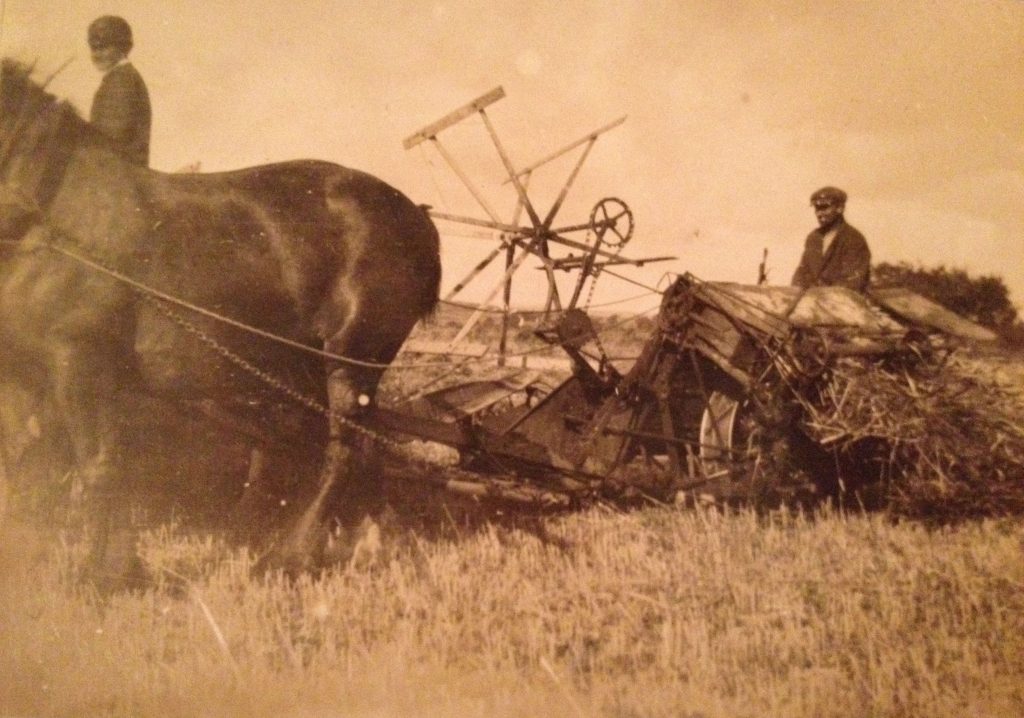
The first tractors appeared in the late 1930’s. This was the start of a time that would change production from the land forever, as it was possible to do more work with less labour.
The farm had a flock of 100 long wool ewes to produce wool and meat, and 40 Devon beef cows used to replace the herd and produce meat. Almost every town in Cornwall had a market which would be held weekly. This was a time to buy and sell stock, meet your friends and generally catch up on whats happening. This was the highlight of the week and a farming life revolved around this. As there were no lorries, most of the stock was walked from the farm to market, and maybe back again.
1939-1960: The war and the arrival of mechanisation.
When the war arrived, all the farmers were asked to produce more food from the land and production became intensive. My Father, Edgar Jnr, started working on the farm from a very young age, as was the tradition of all family farms that the son carried on in his father’s footsteps. Gradually more machinery appeared on the farm and this made working the land easier. The horses disappeared and the tractor took over.

Father met his wife, my Mother, Margaret Key (one of four farming sisters from St Ervan) at Young Farmers Club, which is where most farmers met their wives. They were married in September 1951. I was born first, followed by Elaine.
In the 1950’s and 60’s, the highlight of the working farmer’s day was harvest tea, which Gran would bring to the field and everyone would stop work and gather.
In the 1950’s, the binder and threshing machines were replaced by the combine harvester; work now became much quicker and a little easier. Granfer saw this as a time to expand and when the next farm came up for sale, he bought it to increase the size to 450 acres. Slowly, the number of stock on the farm increased and the labour decreased, there were now six people working on the farm.

1960-1980: The beginning of farm tourism and The Olde House.
In the 1960s, many farmer’s wives looked for some extra income. At the same time, people from ‘up country’ would be looking for a holiday on the farm. The ‘visitor’ was born and every available room would be needed. The family would be banished to the garage or attic to make space! Bed, Breakfast and Evening Meal were supplied by my Mother and visitors would enjoy a wonderful week on a Cornish farm. Many farms did this to supplement their income.
I met my wife Janice in the traditional way, at a YFC dance and we married in September 1976. With nowhere to live on the farm, an old barn was converted into a cottage. At the same time, visitors to Cornwall on holiday started to change what they wanted and ‘self catering’ was born. We decided not to move into the cottage but to let it instead. A new business was born: The Olde House.
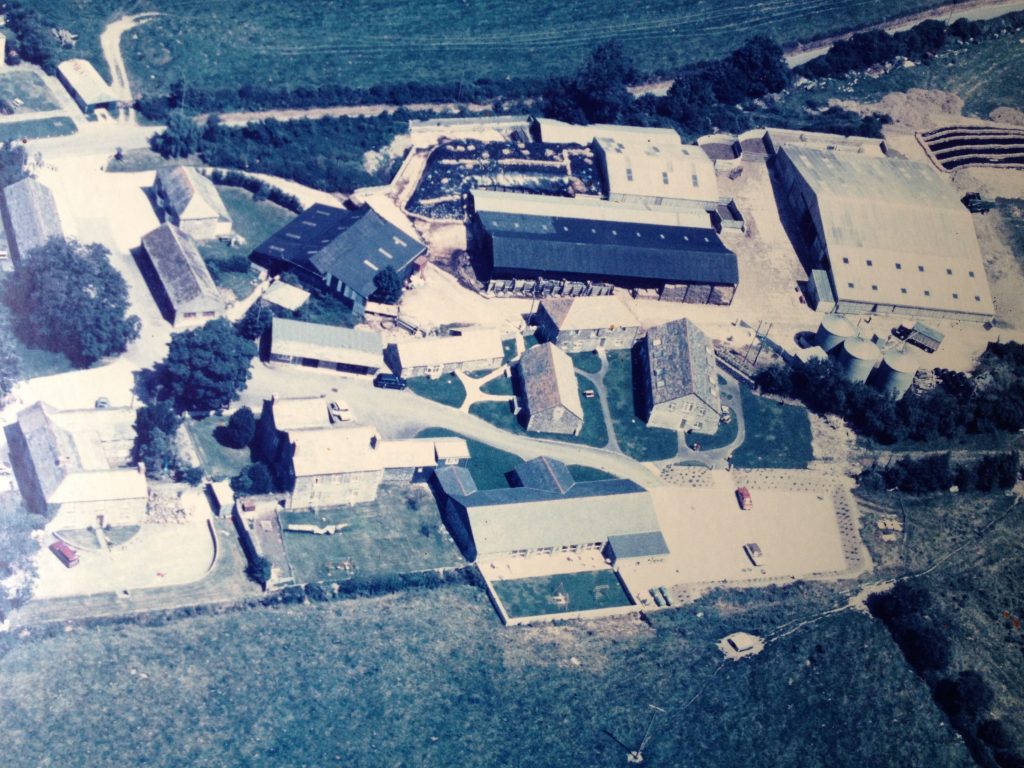
At this time, farming was changing as well. Modern milking parlours were being built where you could milk 150 cows! It was time for the Hawkeys to make big decisions: do we milk lots of cows or do we invest in tourism? We decided that we would carry on farming beef, seed and arable but as we had a very nice set of old stone barns, we we would invest into tourism as well.
1980 to today.
Originally we had planned for six cottages, which we built in 1980. Slowly the visitors wanted more to do on their holiday, so in 1984 we applied for planning to build an indoor swimming pool and convert the rest of the old farm buildings into cottages. We did this in 1985. By this time we had a daughter, Sally-Anne and two sons, Shaun and Oliver.
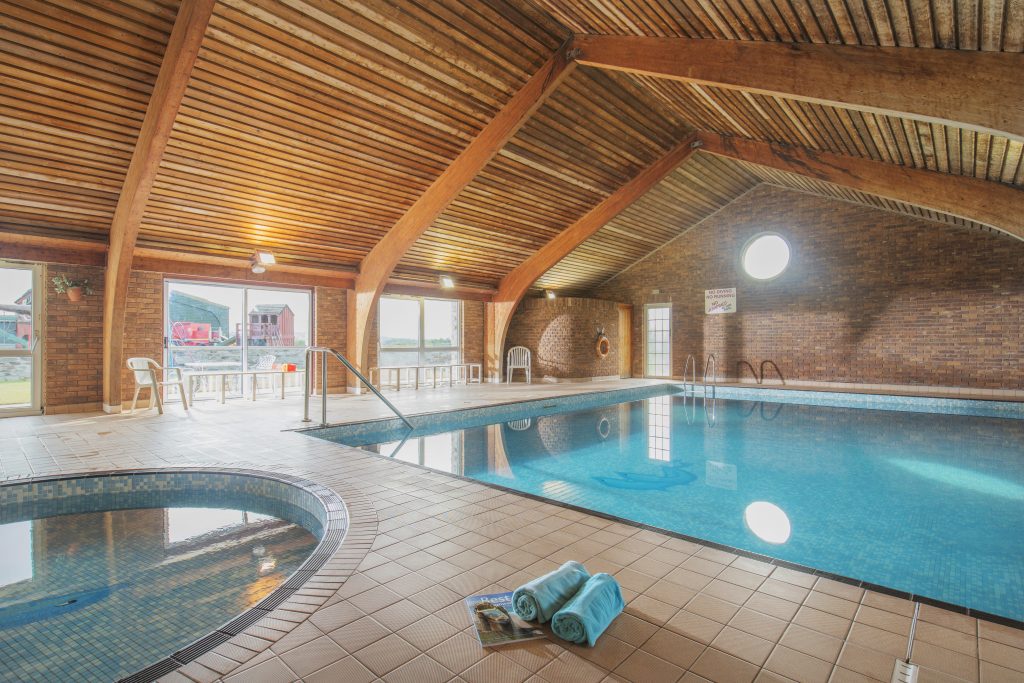
Farming was going quite well at this time. The holiday trade had changed and a self-catering holiday was very popular. So when the chance arose to purchase another 130 acres, we bought them. This took the acreage of the farm to 580 acres.
Tractors changed from two-wheel drive to four-wheel drive, with high class cabs; you could now stay on a tractor for a twelve hour day. This increased productivity, and with more acres and more stock, the farm thrived. At this time, the way produce from farms was sold also changed. Traditionally everyone bought feed from the High Street, but now supermarkets appeared: large, sometimes out-of-town buildings selling to the masses. At first this was seen as good by many farmers, but after the passage of time we are not so sure. Slowly they need farmers less, as they source cheap food from abroad.
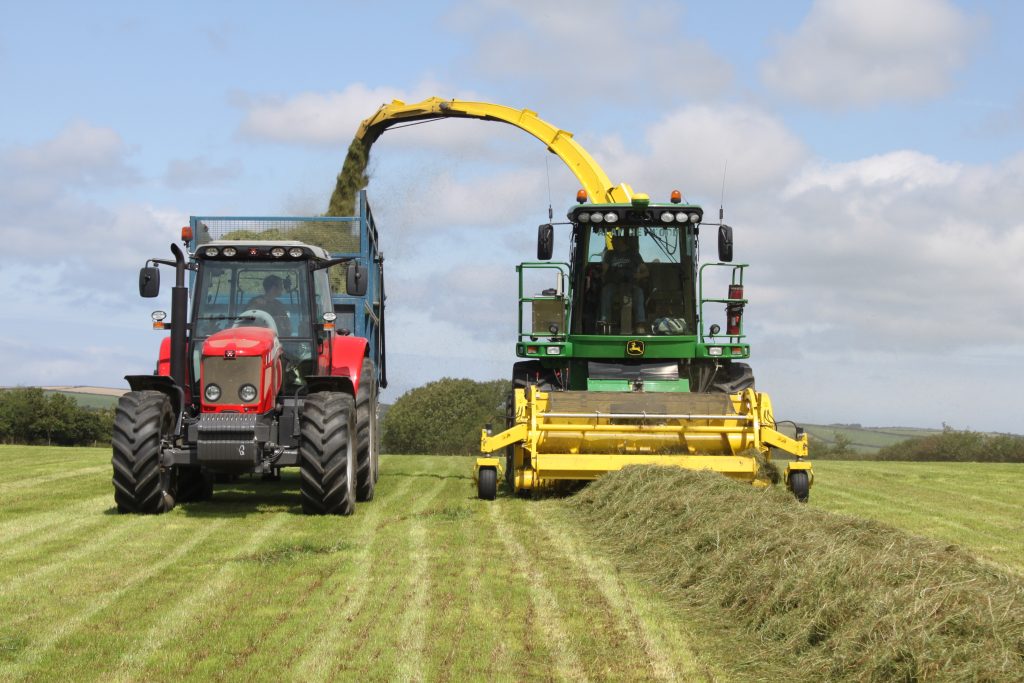
In 2011 two of my sons, Shaun and Oliver, were keen to install a large number of solar panels in a corner of one of our fields. This was to be a big project, with just over 1000 panels needed to cover the demand of electricity to power the farm and cottages combined. The project has been a success, we are proud to generate, use and export green energy.
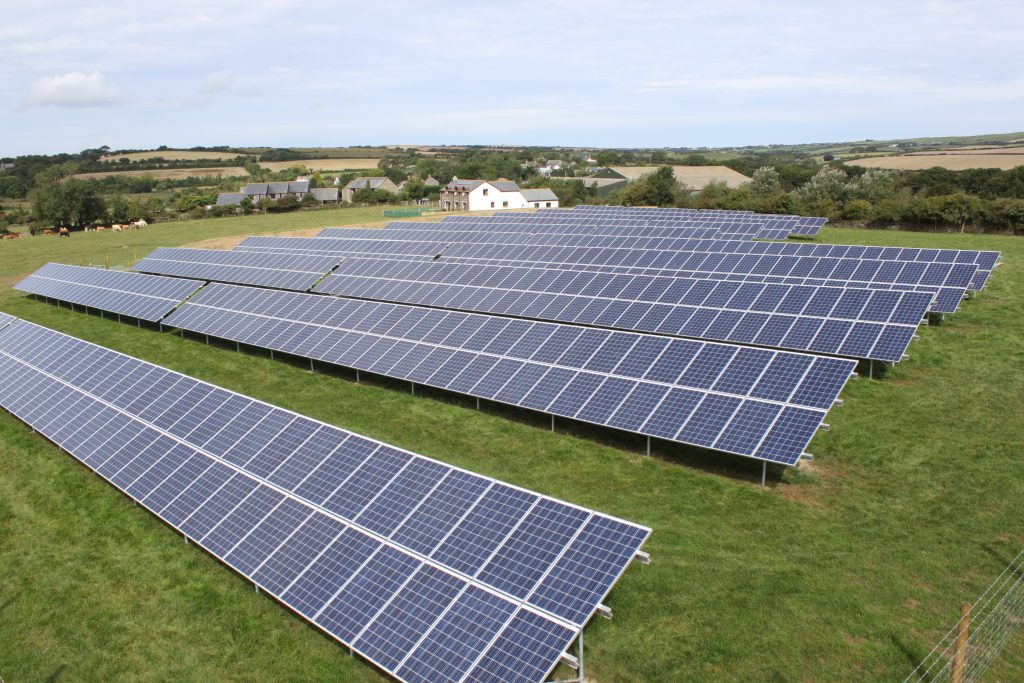
In 2014 we added to our renewable energy by installing a biomass boiler. It has taken the place of bottled gas and heats the swimming pool and several cottages.
The Farm and The Olde House businesses are going from strength to strength, with bright futures at the hands of the next generation of Hawkeys.






